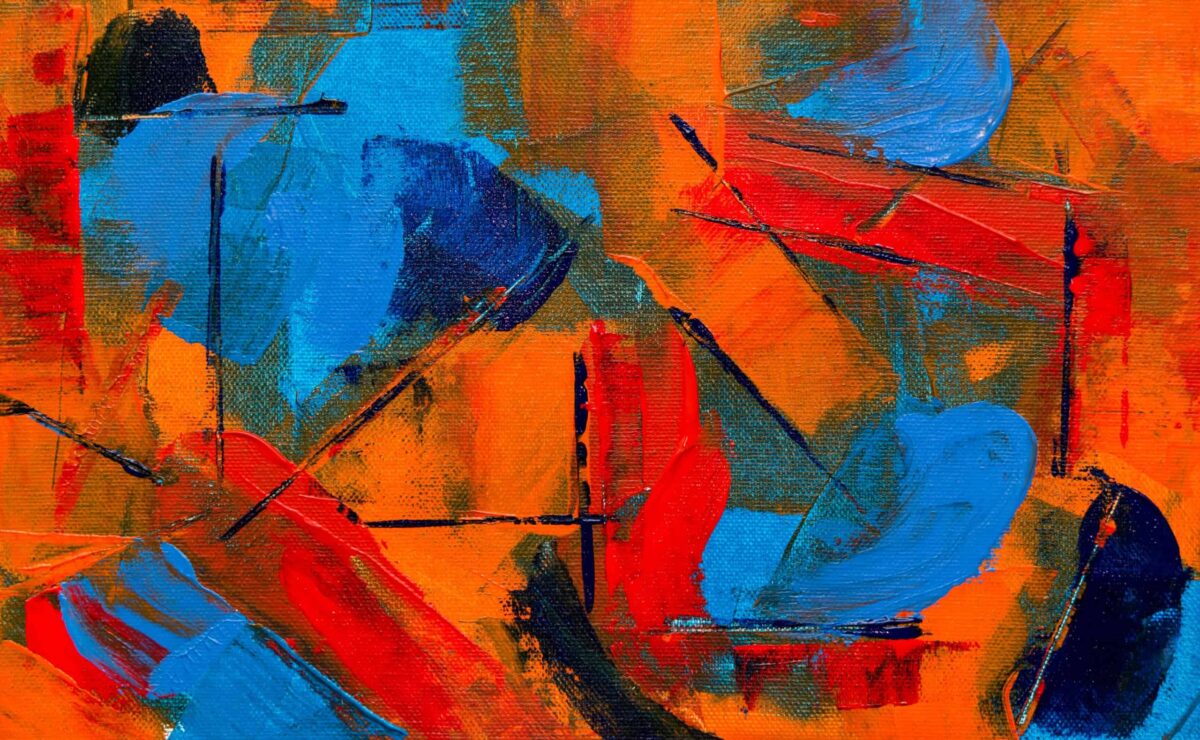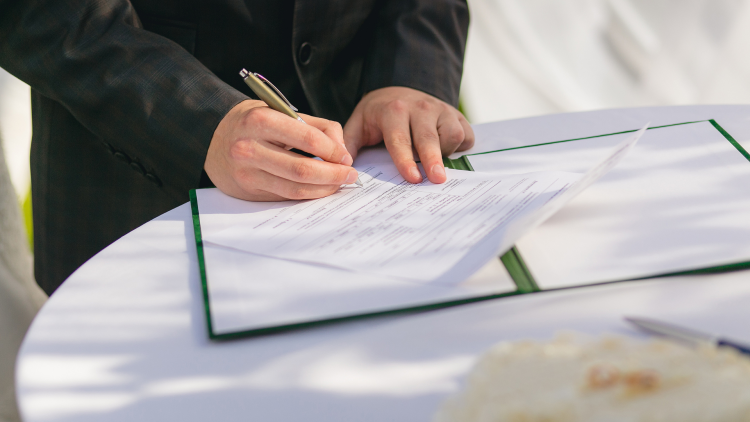Authorship in AI-generated works: Who owns the copyright?

Artificial-intelligence (AI) has taken the modern world by storm. While AI may be an amazing tool with vast opportunities for innovation, this rapidly evolving technology also challenges modern legal systems, including Canada’s intellectual property (IP) regime.
Interestingly, Canadians may soon receive guidance from the Federal Court of Canada on whether AI can be considered an “author” with respect to copyright registrations on AI-generated works.
Recently, the Samuelson-Glushko Canadian Internet Policy and Public Interest Clinic (CIPPIC) filed an application to expunge or amend a copyright registration for the visual artwork Suryast. According to the registration, which was obtained in December 2021, the artwork’s authors are both “Ankit Sahni” and “RAGHAV Artificial Intelligence Painting App.” Mr. Sahni used the generative AI’s functions to combine his own photo of a sunset with Vincent van Gogh’s famous painting The Starry Night.
It is noteworthy that the Canadian Intellectual Property Office (CIPO) does not currently assess or verify copyright applications. The office grants them instantaneously. As such, if a person or organization believes a copyright registration contravenes the Copyright Act, they must make an application to the Federal Court to challenge the legitimacy of ownership or the AI-generated work’s originality.
This registration marks the first time Canada has attributed copyright authorship to a non-human. This development may signal a large victory for stakeholders who support amendments to Canada’s Copyright Act to support the needs of innovators and consumers in the modern world. These advocates argue that recognizing generative AI as an author in works – such as paintings, music or movies – may spark further investment, innovation and creativity in Canadian AI.
A not-so Starry Night
However, in the case at hand, CIIPIC seeks a declaration from the Federal Court that there is no copyright in the artistic work. If there is, the generative AI cannot be an author and Mr. Sahni should be considered the work’s sole author. David Fewer, director and general counsel at CIPPIC, has stated that one of the application’s goals is to confirm that only humans can be authors under the current copyright law.
Critics in this space assert that many drawbacks exist with respect to AI-generated works. For example, like a human, AI could use a painting or photograph as inspiration for the work. However, unlike a human, AI can “create” works at an exponentially faster pace, which could vastly outperform humans and makes its authenticity as an author a controversial point. Further, many argue that allowing copyright in AI-generated outputs does not sustain the public-policy purposes that underpin the purposes of copyright protection.
The CIPPIC application argues that CIPO’s registration system sets a precedent that accepts AI authorship. As a result, Canada is one of the few jurisdictions in the world that currently recognizes copyright in works “authored” by generative AI technology.
As the law currently exists, there are compelling arguments that protection must be extended to only human-created work. A technical review of the Copyright Act’s language leads scholars to believe authorship is impliedly human and that AI-generated works cannot meet the threshold “originality” requirement for copyright to subsist in a work.
If the Federal Court agrees with this perspective, it is likely that the CIPPIC application will be granted, at least in part. However, the Copyright Act does not explicitly require human authorship.
In addition to this issue being primed for a determination by the Federal Court pursuant to the current Copyright Act, the Canadian government has also been considering how copyright should be treated in these contexts. The question of AI authorship was central to a recent consultation for “Copyright in the Age of Generative AI,” which closed on January 15, 2024.
In this consultation, the government flagged three potential legislative options to address the influx of uncertainty with regard to authorship of AI-generated works:
-
- Clarification that copyright extends only to human-created works;
- Attribute authorship and copyright protection to AI-generated works, but only to the person(s) that used the AI to arrange for the work to be created; or
- Implement a new and unique set of rights for AI-generated works.
Clearly this is an undefined and evolving issue that is at the forefront for both the Courts and the government. While we may soon get an answer to how works created by generative AI are treated in the current regime, we may also expect a significant overhaul of our IP legislation to properly accommodate this rapidly progressing technology landscape.
Our innovation, data and technology team at MLT Aikins is happy to guide you through the essentials of generative AI and IP legislation.
Note: This article is of a general nature only and is not exhaustive of all possible legal rights or remedies. In addition, laws may change over time and should be interpreted only in the context of particular circumstances such that these materials are not intended to be relied upon or taken as legal advice or opinion. Readers should consult a legal professional for specific advice in any particular situation.




